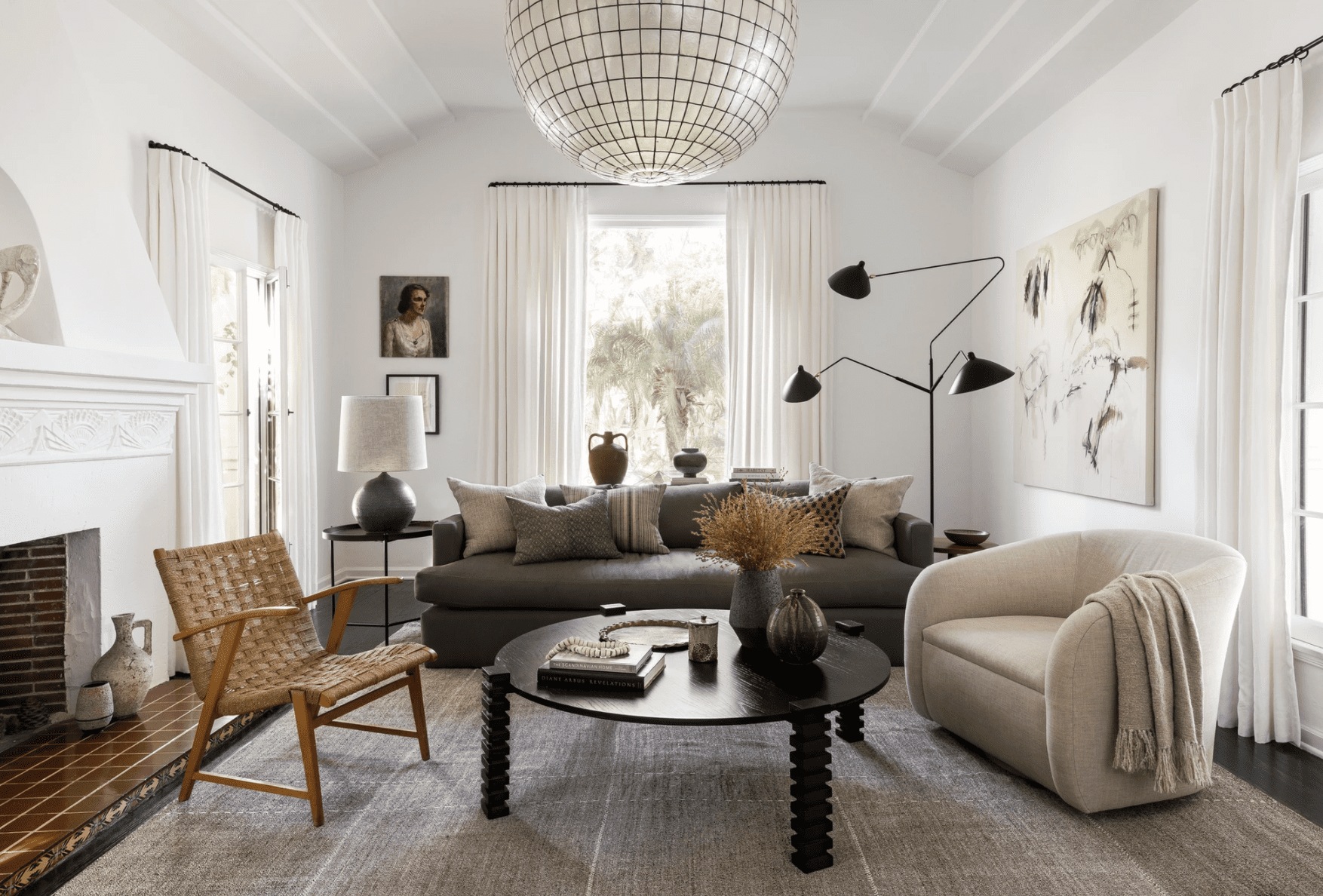Decorating your home for the first time can feel exciting—and a little overwhelming. From Pinterest boards to paint samples, there are endless choices and styles to explore. But here’s the good news: interior decorating doesn’t have to be complicated or expensive. With a few key principles and a clear sense of your needs, you can create a beautiful space that reflects you.
This beginner’s guide breaks down interior decorating into simple, manageable steps to help you get started with confidence.
1. Find Your Style
Before you buy anything, take time to figure out what you like. Your personal style will guide all your decisions going forward.
How to do it:
-
Create a mood board using Pinterest or cutouts from magazines.
-
Look for patterns in your saved photos: Do you like clean, modern lines or cozy, rustic textures?
-
Don’t worry about sticking to one style—many beautiful homes mix styles in a balanced way.
Common styles:
-
Modern: Clean lines, neutral tones, minimal decor
-
Bohemian: Eclectic, colorful, lots of texture
-
Traditional: Classic furniture, symmetry, rich colors
-
Scandinavian: Light, airy, functional, and simple
2. Choose a Color Scheme
A color palette gives your home a cohesive feel. Start with neutrals as your base—white, beige, gray, or soft earth tones—then layer in accent colors through accessories and decor.
Tips for choosing colors:
-
Stick to 2–3 main colors throughout the space.
-
Use darker shades to ground a room, lighter shades to open it up.
-
If you’re unsure, nature-inspired tones (like forest green, terracotta, or sky blue) are great choices.
3. Start with the Big Pieces
When decorating a room, start with the biggest, most important items: the sofa, bed, dining table, or rug. These set the tone for the entire space.
Pro tip: Choose versatile pieces in neutral tones—you can always change the look with pillows, art, or throws.
Once your key items are in place, fill in the room with smaller accents and decor.
4. Focus on Function First
Your home should work for your lifestyle. Before you worry about looks, make sure the layout and furniture serve your daily needs.
Ask yourself:
-
Is there enough storage?
-
Can people move comfortably around the room?
-
Does the seating encourage conversation?
Tip: Don’t overcrowd your space. Leave room to breathe.
5. Layer with Textures and Accessories
A cozy, well-decorated home feels layered—not flat. Once you’ve set up your basics, it’s time to add personality through:
-
Throw pillows and blankets
-
Curtains or blinds
-
Plants or flowers
-
Books, candles, and art
Mix different textures (like wood, metal, fabric, and glass) to add warmth and interest.
6. Use Lighting Thoughtfully
Lighting can make or break a space. Aim for three layers:
-
Ambient lighting (main overhead lights)
-
Task lighting (lamps for reading or work areas)
-
Accent lighting (string lights, wall sconces, or candles)
Tip: Swap out harsh white bulbs for warm, soft lighting to make your space feel more inviting.
7. Take Your Time
Decorating your home is a process—not a race. Start with one room, or even one corner, and build slowly. It’s better to invest in pieces you truly love than to buy a bunch of things just to fill space.
Your home should evolve with you.
Final Thoughts
Interior decorating doesn’t require a degree or a big budget—just a little creativity and a clear sense of what feels right for you. Start simple, plan intentionally, and enjoy the process of turning your space into a home.
Because the best homes aren’t perfect—they’re personal.



